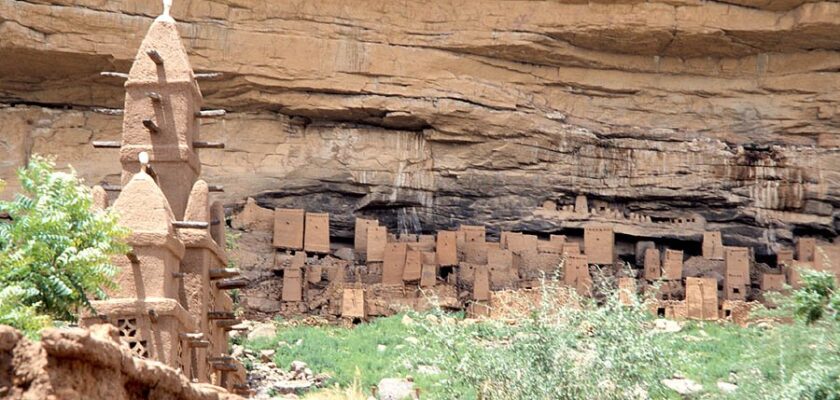Bandiagara Plateau (Bandiagara Escarpment)
Bandiagara Plateau is located stunning cliffs and sandy plateaus of Mali in West Africa. It is home to several communities that still observe ancient traditions and rituals. The cliffs are recognized as a UNESCO World Heritage Site for their natural beauty as well as their historical significance in understanding ancient cultures and their surviving traditions.
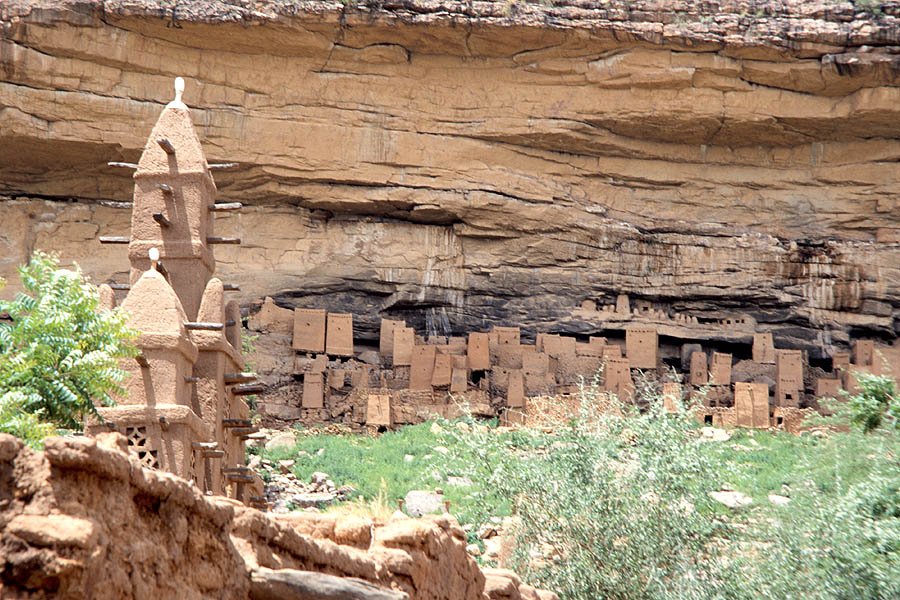
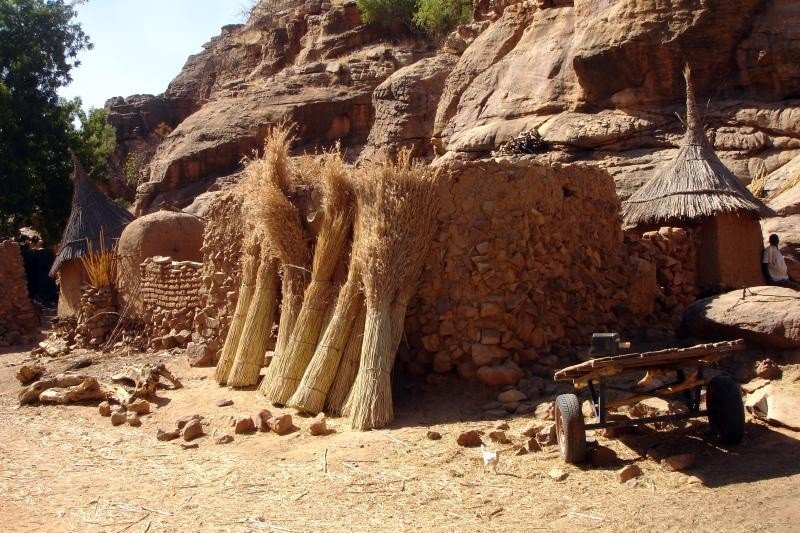
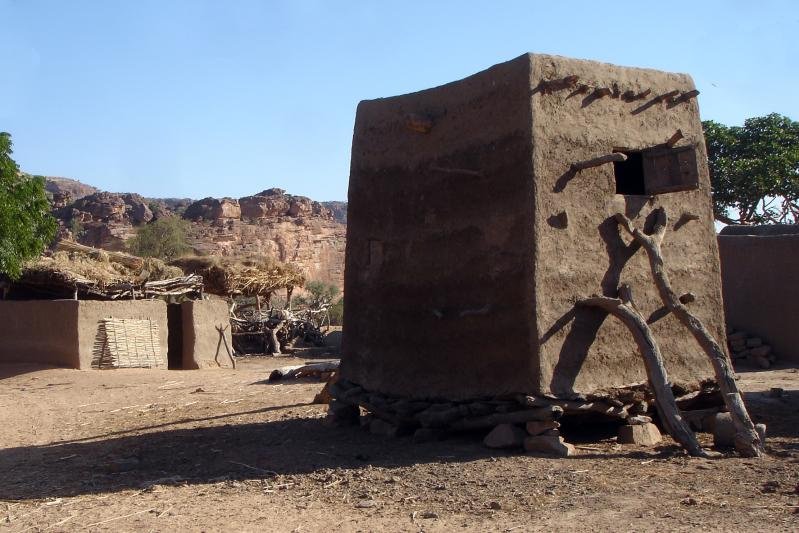
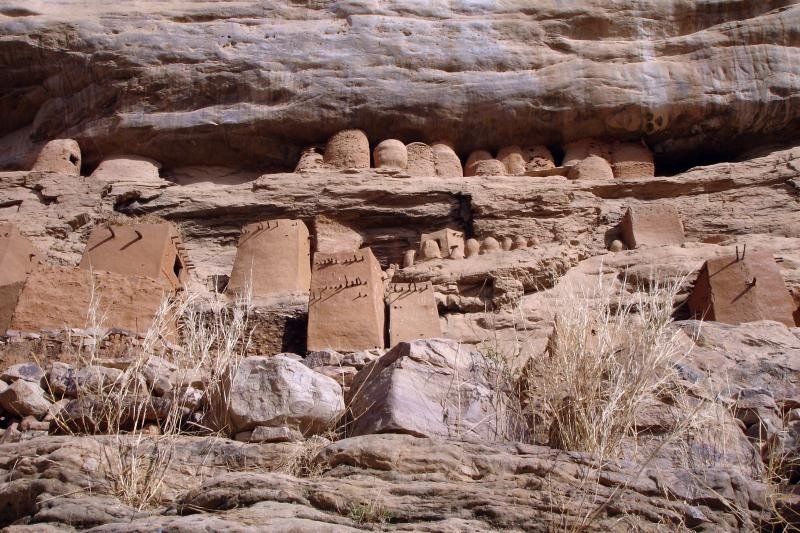
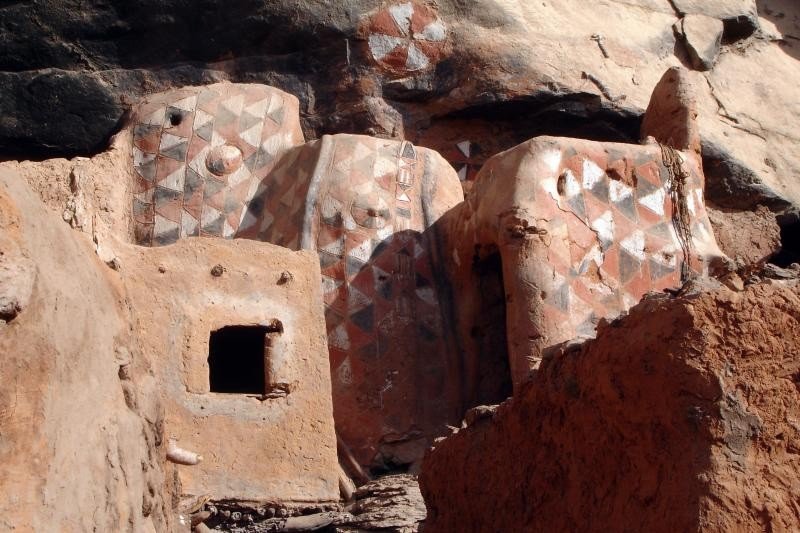
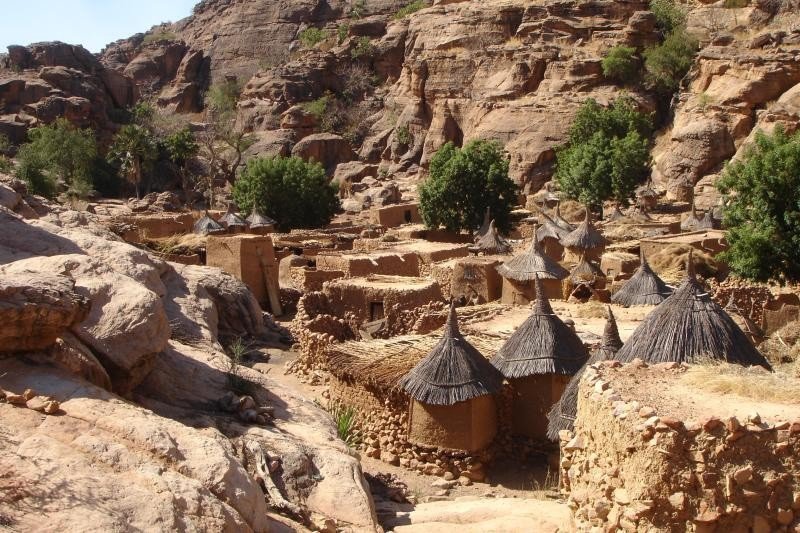
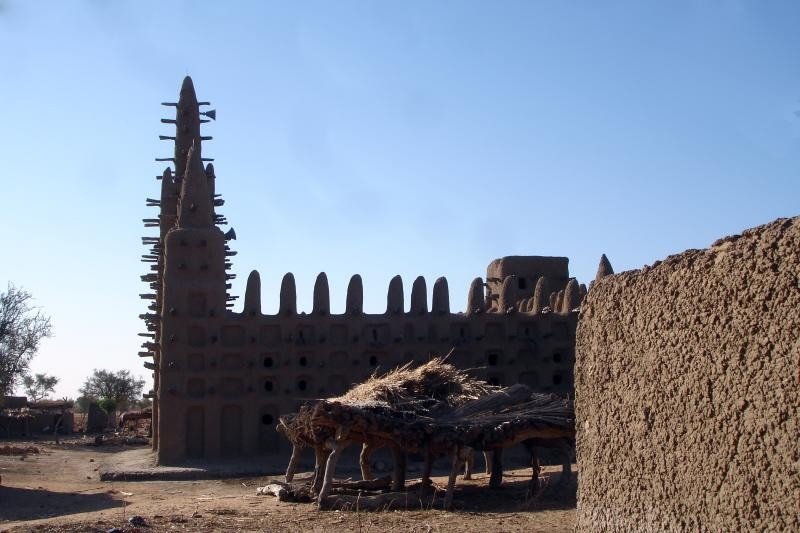
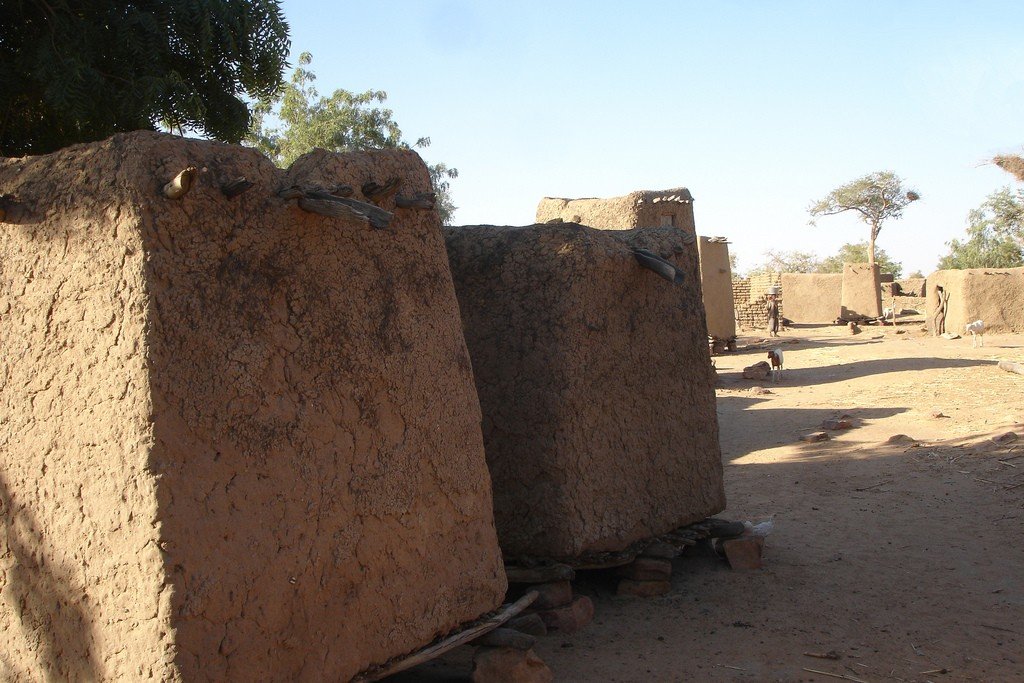
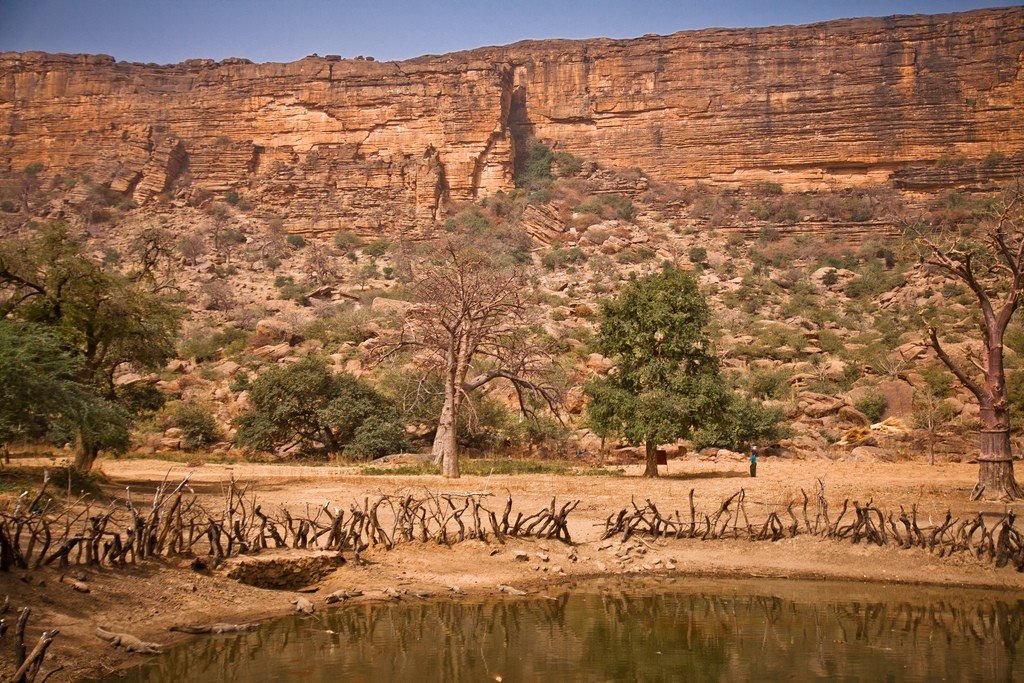
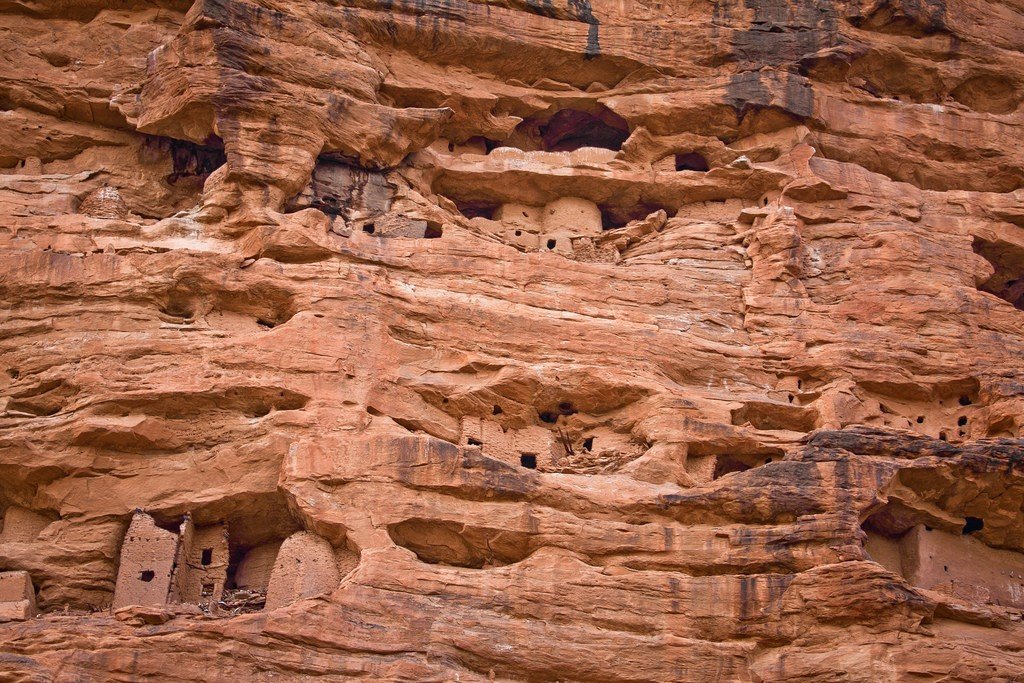
General Information
The Bandiagara Plateau, one of the main centers of Dogon culture, hosts several villages of the four Dogon tribes that migrated here from Mande many centuries ago: the Dion, Ono, Arow and Dommo. The communities are made up of farmers who are divided into the “living” and the “dead”, while they coexist in a symbiotic alliance with each other. These relationships are reflected in the ancient rock paintings that can be viewed in and around Bandiagara and the area.
.The village of Sangha, the most populous in the area, is known for stone carvings and ancient circumcision ceremonies that have taken place here for over a millennium, and wonderful carved masks are also made here. Stone carving, though it has outlived its ascendancy, serves as a historical and social dialog with ancient peoples.
.
Two themes of art are “bemmi”, or ritual drawings, and “tonu”, or other more mystical or practical drawings. The “bemmi” drawings depict the various stages of circumcision ceremonies held every three years, as well as traditional rain dances, funeral rituals, and fertility dances. “tonu” drawings were most often created to release the potentially dangerous “nyama”, or the life energy of the dead.
